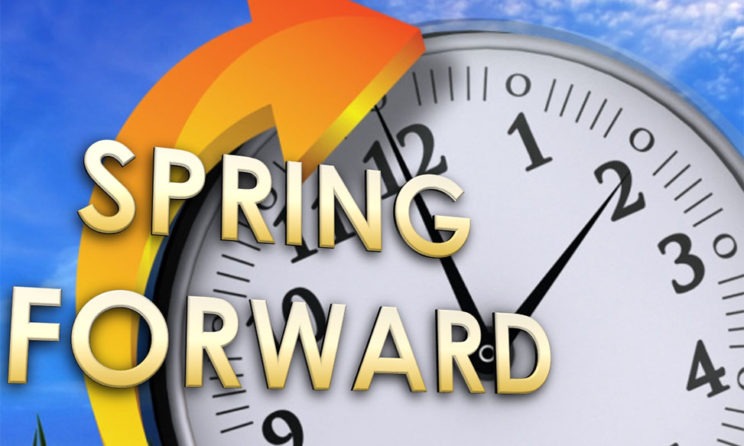
Daylight Saving Time (DST) is a practice in which we set our clocks forward so that evening daylight lasts long. People living in regions who use Daylight Saving Time forward their clock one hour when they are at the start of the spring and adjust them backward in the autumn to standard time.
On Sunday, March 10 at 2 AM, daylight saving time begins. People will set their clocks forward one hour that will push sunset later one hour and sunrise later in the morning.
Daylight Saving Time, Where it is observed?
DST is used by a small number of the population mainly areas in North America and Europe, and some areas in the Middle East, use DST system. In South America, most countries in the north of the continent near the equator do not observe DST, while Paraguay and southern parts of Brazil do. The practice of observing daylight saving time in Oceania is also mixed, with New Zealand and parts of southeastern Australia observing DST. It is not observed near the equator because in these regions sunrise time does not vary enough that it can justify DST. Asia and Africa do not observe it.
History of Daylight Saving Time
Father of DST, Benjamin Franklin
Some sources provide the information that Benjamin Franklin was the first to suggest a seasonal time change. In a letter to the editor of the journal of Paris, which was entitled “An Economical Project for Diminishing the cost of light”. In this letter, he suggested that Parisians could use less candle by getting people out of bed early in the morning.
Who invented DST?
New Zealand scientist George Vernon Hudson and British Builder William Willett invented DST. In 1895, Hudson presented his idea of DST to the Wellington Philosophical Society. In which he proposed a 2-hour shift forward in October and a 2-hour shift back in March. But it was never followed.
How did it follow by different countries?
It is first used in Canada in 1908. On July 1, 1908, the resident of Port Arthur, Ontario, today’s Thunder Bay, turned their clocks one hour forward to start the world,s first DST period. But Germany popularized the DST all around the world by introducing it in the country in 1916. On April 30, 1916, Germany and its ally, Austria turned their clock one- an hour ahead during World War2. The aim was to minimize the use of artificial lighting to save fuel for the war purpose. After that within few weeks United Kingdom, France used the idea and now is used by 70 different countries.
When We Change Our Clock?
Most of the areas in the United States DST begins at 2:00 a.m. on the second Sunday in March and get back to standard time on the first Sunday in November.
In the European region, DST begins at 1:00 a.m. on the last Sunday inMarch and get back to the standard time in last Sunday in October.
In North America ( United States, Canada, Bermuda )starts with second Sunday in March and ends in first Sunday in November.
In Mexico, it starts with first Sunday in April and ends last Sunday in October.
In South America mainly brazil its stars with third Sunday in October and ends in third Sunday in February






